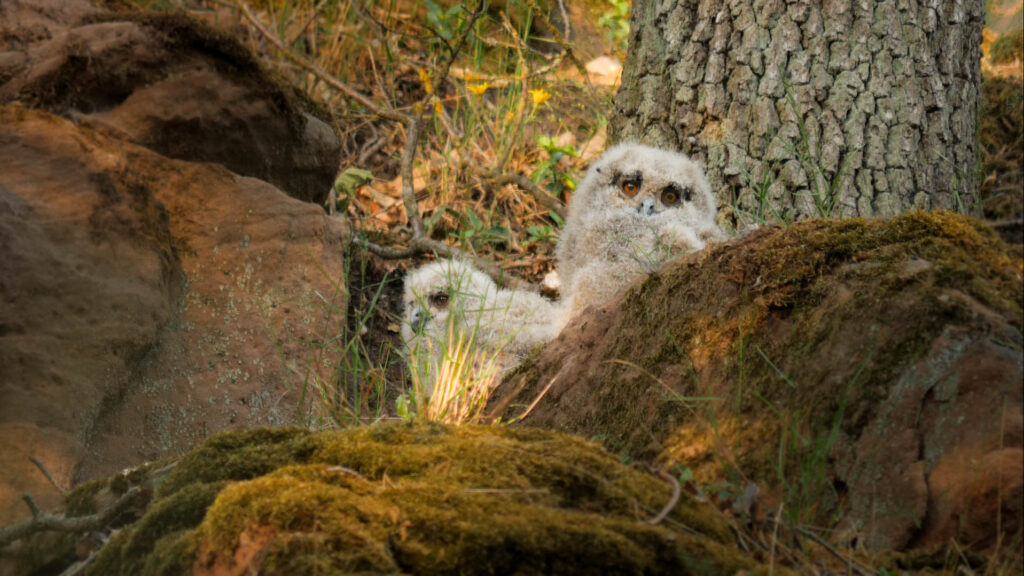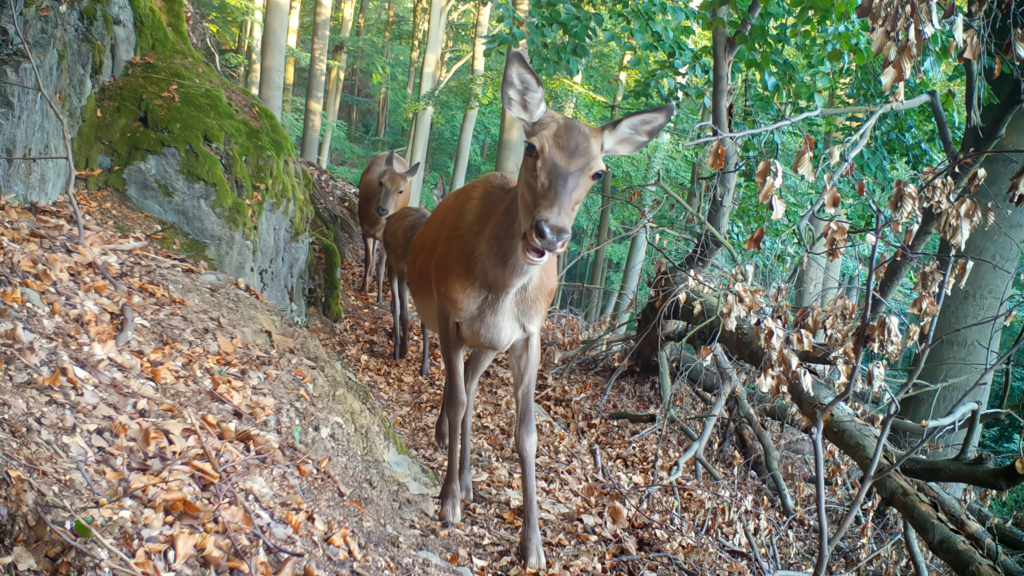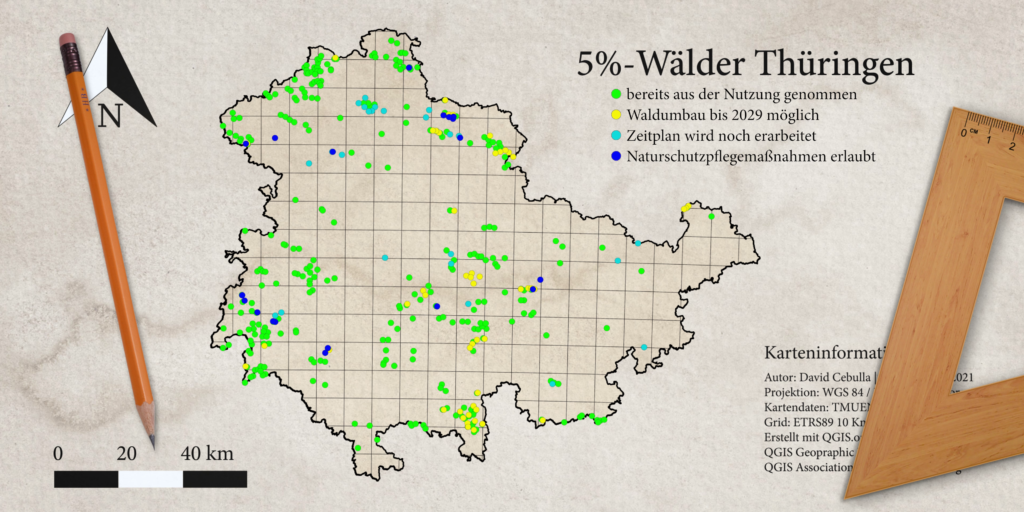Protecting and connecting habitats
As an umbrella species and symbol of wild forests, the European wildcat (Felis silvestris) is a fascinating animal. Basically, all larger deciduous and mixed forests are potential habitats for the wildcat. It prefers low-disturbance, structurally rich and, if possible, large contiguous forest areas. It avoids the open country and open forest. Forest edges and clearings are primarily used for hunting. For roaming, it prefers other structures with undergrowth and dead wood, where it finds cover and hiding places. Forests without forestry use offer a greater variety of such structures. This is why the creation and maintenance of natural forests is an essential contribution to the protection of the species. Road traffic remains a common cause of death for the wildcat. Migratory behavior, especially of males, is important for genetic exchange. However, habitats are often fragmented by our infrastructure. Thus, linking individual habitats is another factor in protecting the wildcat. In addition, numerous other species benefit from the protection of the wildcat and its habitats.
Video about wildcat activities in Thuringia’s wild forests
Experts estimate the number of wildcats in Thuringia, a region in central Germany, at about 2,000 individuals. For his project on natural forest areas in Thuringia, filmmaker and ecologist David Cebulla also went in search of the European wildcat.
To me, wildcats are totally fascinating animals because they live almost unnoticed in our forests. And they actually embody wilderness to me here in Thuringia, perhaps together with the lynx, more than any other animal.
(David Cebulla)
For over a year, David Cebulla conducted a wildlife monitoring, examining ten sites in unmanaged forests in Thuringia. In the process, he was able to obtain 105 phenotypic records of wildcat activity. In this video he raises awareness for the protection of the wildcat.



